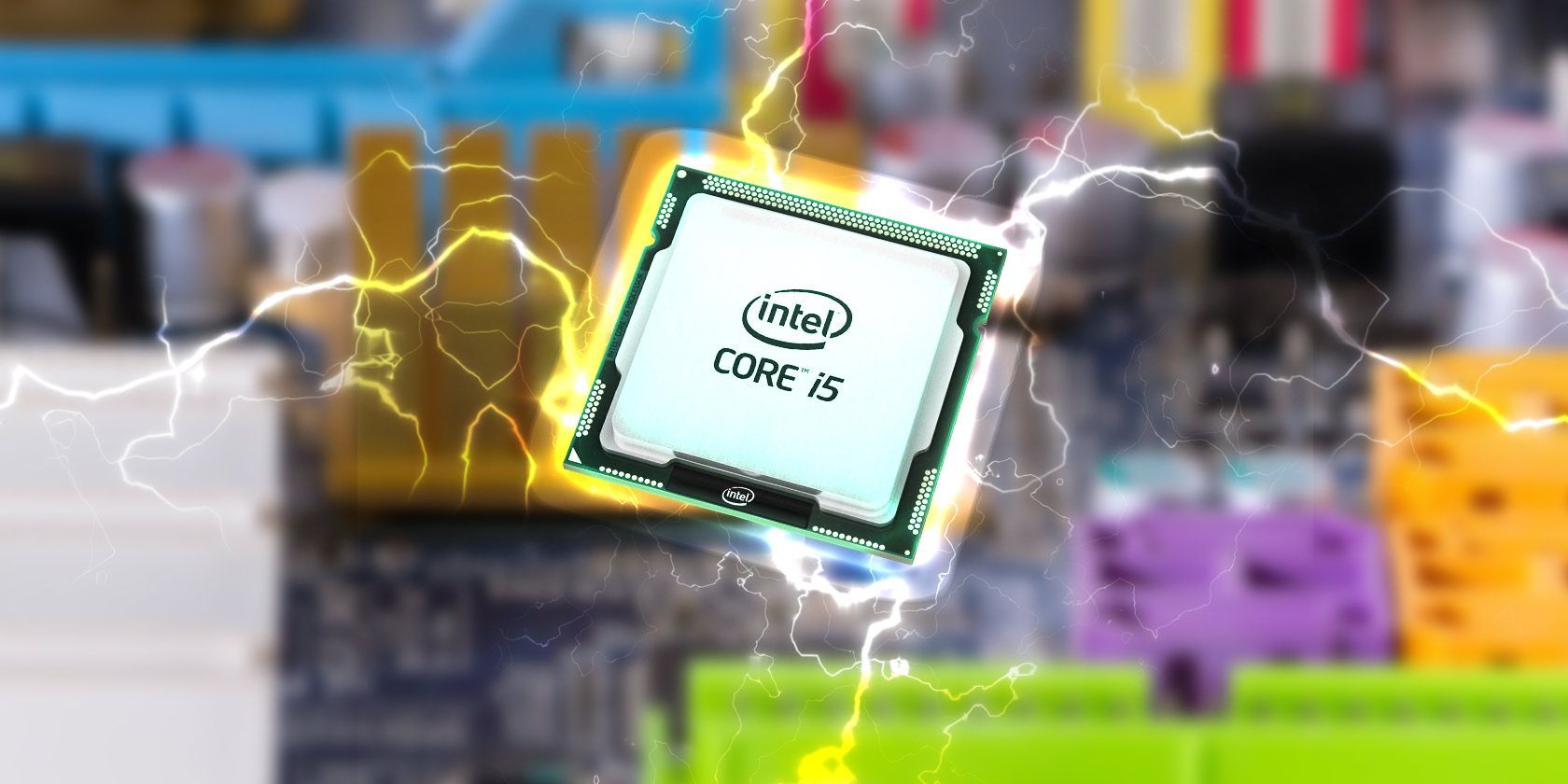Are you looking to squeeze the most out of your PC’s performance? Overclocking might be just the solution you need. In this beginner’s guide, we’ll walk you through the basics of overclocking your PC safely to boost its performance without damaging your hardware.
Understanding Overclocking
Overclocking is the process of increasing your PC’s performance beyond its factory settings. By tweaking the settings of your CPU, GPU, or RAM, you can achieve higher clock speeds and improve overall performance. However, it’s important to note that overclocking can void your warranty and potentially damage your hardware if done incorrectly.
Choosing the Right Hardware
Before you start overclocking, it’s crucial to ensure that your hardware is capable of handling the increased performance. Make sure you have a reliable cooling system in place to prevent overheating, as overclocking can generate more heat than usual. Additionally, check if your CPU, GPU, and RAM support overclocking features.
Tools You’ll Need
To overclock your PC, you’ll need software tools that allow you to adjust clock speeds, voltages, and other settings. Popular overclocking tools include MSI Afterburner, Intel Extreme Tuning Utility, and AMD Ryzen Master. These tools provide a user-friendly interface for tweaking your hardware settings.
Overclocking Your CPU
When overclocking your CPU, start by increasing the clock speed incrementally. Monitor your CPU temperatures and stability using stress testing tools like Prime95 or AIDA64. Keep a close eye on the temperatures to avoid overheating, and adjust the voltage settings as needed for stability.
Overclocking Your GPU
Overclocking your GPU can lead to significant performance gains in gaming and graphics-intensive tasks. Use tools like MSI Afterburner to increase core clock speeds and memory frequencies. As with CPU overclocking, monitor temperatures and stability to prevent overheating and crashes.
Overclocking Your RAM
RAM overclocking can improve your PC’s multitasking performance and responsiveness. Use tools like Intel Extreme Tuning Utility to tweak RAM timings and frequencies. Be cautious when overclocking RAM, as unstable settings can lead to system crashes and data loss.
Tips for Safe Overclocking
Always monitor temperatures to prevent overheating.
Incrementally increase clock speeds and voltages for stability testing.
Backup important data before overclocking to prevent data loss.
Avoid extreme overclocking settings to prevent hardware damage.
Final Thoughts
Overclocking your PC can be a rewarding experience that boosts performance and enhances your computing experience. However, it’s essential to approach overclocking with caution and respect for your hardware. By following this beginner’s guide and exercising care in tweaking your settings, you can safely overclock your PC and enjoy improved performance without risking damage to your hardware.
Happy overclocking!

